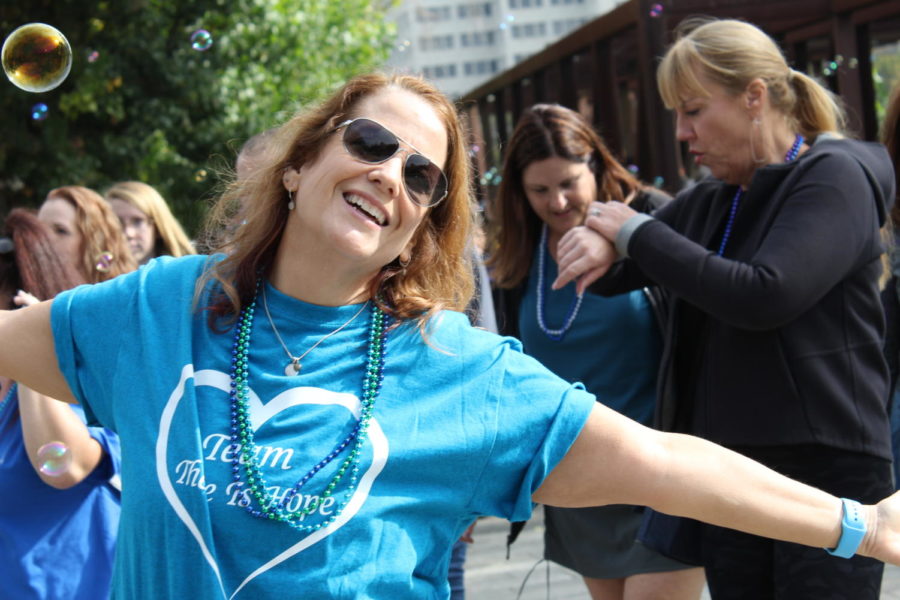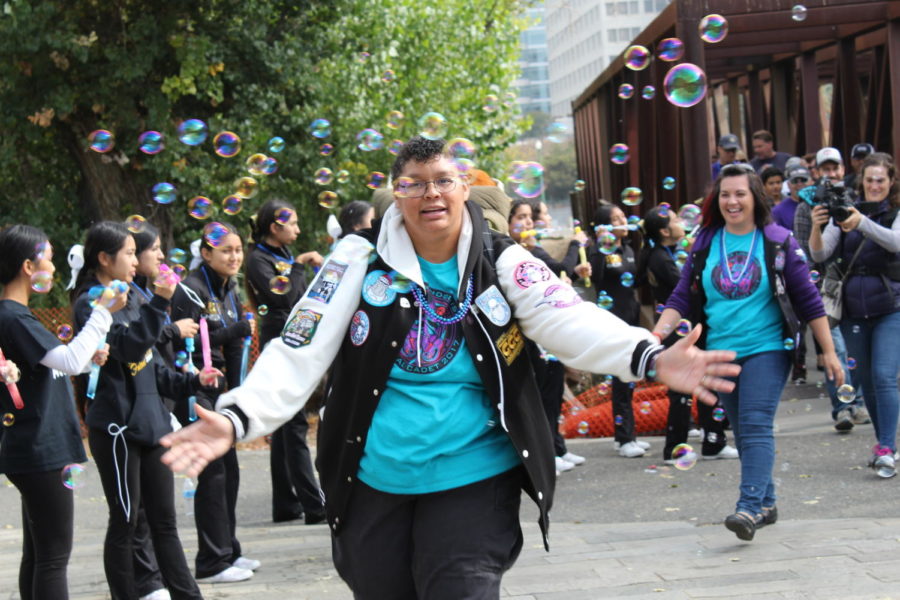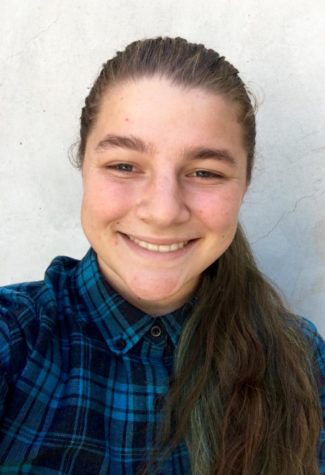People gathered in a small park in San Jose, where they share their losses and work toward a brighter future regarding suicide prevention.
The South Bay Out of Darkness Walk brings people together to support the fight against suicide.
Run by the American Foundation for Suicide Prevention (AFSP), the walk raises funds for further research, support, and educational programs regarding suicide. On Oct. 21, the walk began with the knowledge that they had surpassed their financial goal of $95,000.
“We are the largest source of private funding for suicide prevention research in the United States,” the head coordinator for the event, James Purvis, said.
The purpose of the AFSP is to educate people about mental health and suicide by advocating for and supporting survivors. The organization started with a group of people who were concerned with the rise in suicide rates from the four decades preceding its founding in 1987.
According to the AFSP website, on average, 44,965 Americans die from suicide each year. The goal of the AFSP is to use funds and programs to reduce the annual suicide rate by 20 percent by 2025.
However, the walk is more than a fundraiser. Robin Fox, a volunteer coordinator for the walk, spoke about her reasons for being a part of this event.
“Not only do I get to come here and be part of something bigger than myself, but I also get to engage myself in the process of helping others heal,” Fox said. “I love this event because it unites people and breaks the stigma of mental illness.”
Fox goes on to express genuine care for the event, and those affected by suicide or other mental health struggles. She advised those wishing to help provide support to keep an open mind and care enough to listen to their stories.
“Everybody is worthy of having their own experience, I encourage you to respect other people’s stories by validating their experiences,” Fox said.
During the event, there were many tears and many more smiles. People gathered to heal and support their shared cause.
“Almost everyone here has an emotional connection to suicide. Regardless of race, gender, or sexual orientation […] it’s the reason they’re here,” Purvis said.



